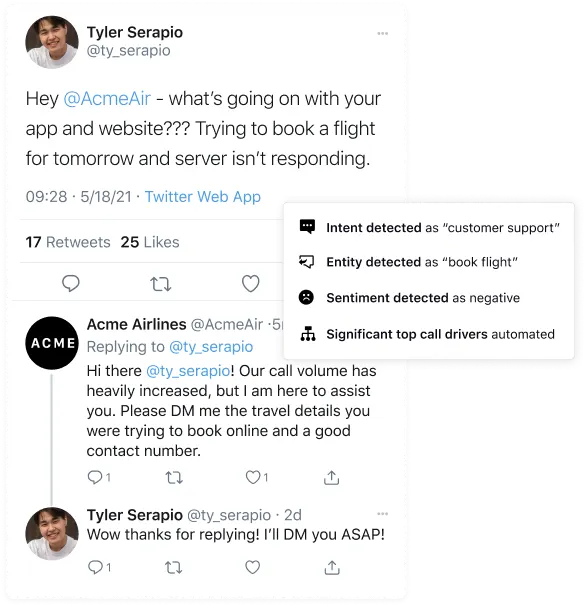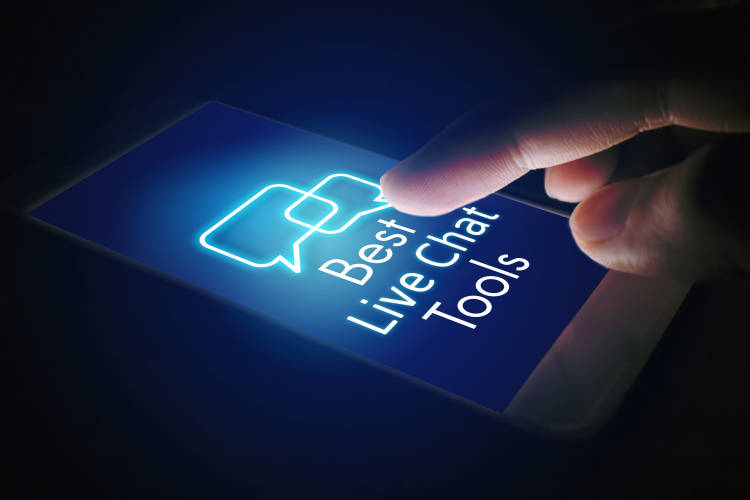What is average hold time in call centers?
The Average Hold Time refers to the average duration a customer spends on hold before speaking to a call center agent. It's the phase where you listen to music or information about the company.
Average hold time varies across industries and is a part of the average handle time calculation, which factors in talk time, hold time and wrap time to determine the average length it takes for an agent to serve a customer.
So, from the call center efficiency perspective, a low value for average hold time indicates a well-functioning call center that values its customers' time and strives to resolve issues promptly. Meanwhile, a high value implies inefficiency, customer dissatisfaction and potentially lost business opportunities.
Average hold time & its business significance
Putting customers on hold is a part of any contact center operation and is here to stay. But, when you do it, how often you do it and most importantly, how long your customers wait in a queue every time they call can significantly impact your service standard and reputation.
Let's look at what exactly happens when you put customers on hold and why average hold time matters.
Customer experience goes for a toss
Reducing the average hold time is crucial for call centers aiming to provide exceptional customer experiences. Long hold times can lead to impatience, frustration and a negative perception of your brand, whereas shorter hold times can create positive customer sentiments, improving brand loyalty and customer retention.
Call center efficiency takes a hit
Your average hold time reflects your call center efficiency and monitoring the same helps you identify underlying operation bottlenecks. Also, you can ensure adequate staffing during peak hours, optimize existing workforce and streamline call routing processes.
Brand reputation suffers a major blow
In today's competitive landscape, your company's reputation, especially on the service side, is critical for long-term success. Prolonged hold times result in a negative perception of the businesses' responsiveness and service quality. Unhappy customers are more likely to share their negative experiences tarnishing the brand's reputation and driving potential customers away.
Conversion becomes dicey
Average hold time in your call center affects your sales and upselling opportunities. In an era where product differentiation is extremely difficult, any negativity surrounding support or service can be detrimental to your business growth.
So, what factors cause long hold times?
Now, let’s take a look at the most common factors that are responsible for stretching your call center’s average hold time:
High call volume
High call volumes overwhelm agents as they try to manage the workload. Your business might experience high call volume owing to seasonal demands, service outages, ongoing campaigns, insufficient customer self-service, aggressive marketing campaigns and more. Having an inadequate number of agents to attend to customer calls also results in extended hold times for callers in the queue.
Call complexity
Sometimes, customer inquiries are too technical and time-consuming to resolve. Agents need extra time to understand the complex concerns, resulting in longer hold times for other customers in the queue.
Seasonal variations
Certain times of the year or specific events may lead to fluctuations in call volumes. Increased demands can lead to a backlog of calls, resulting in extended hold times as agents work to handle the heightened load.
Lack of omnichannel service strategy
The absence of live chat, email or self-service options can funnel all inquiries to the phone lines. This ultimately results in high call volume and longer hold times as customers have limited options for seeking support or information.
Another reason could be the prevalence of disparate systems and data silos. Your agents juggle between screens to gather context and data, which extends your average hold times.
Learn more: Omnichannel customer service & best practices
How to calculate average hold time
Average Hold Time = Total time inbound calls were on hold/Total inbound answered calls |
Typically, companies measure average hold time in their call centers monthly or weekly. You can analyze the data, determine how it performed compared to the previous month or week and set targets accordingly.
For example: If you had 725,989 seconds on hold and received 14,532 calls in the week:
Average Hold Time = 725,989 seconds / 14,532 calls = 49.96 seconds per call.
Is my average hold time satisfactory?
Well, it’s subjective.
Although experts agree on the 80/20 rule for call waiting, which is 80% of calls need to be connected within 20 seconds for a highly satisfactory customer experience, however, as per research, it varies across industries.
As a rule of thumb, you should calculate other metrics like call abandonment rates (the duration callers wait before they disconnect) for your contact center and then aim for a corresponding waiting time.
Tips to reduce average hold time
Once you clearly grasp your average hold time per call, you can establish objectives to reduce it. Analyze the point at which callers usually disconnect or express dissatisfaction while waiting on hold to gain insights into a satisfactory hold time.
For example: Suppose you notice that the call abandonment rate in your call center is high post-1-minute or precisely 60 seconds of hold time. If 49.96 seconds is your average hold time, then the figure is too close to the point of abandonment. Ideally, you may set the target to 40 seconds or less to decrease the disconnect rate and increase customer satisfaction levels.
As you set up your contact center to efficiently address customer needs sans frustration triggered by hold times, here are a few interventions to help you right away.
#1. Deploy an Interactive Voice Response (IVR) system
IVR systems offer self-service options to customers, allowing them to choose from various options to route their calls appropriately. IVR systems can significantly reduce hold times and improve your overall call center efficiency by directing callers to the right department or agent.

#2. Implement AI-powered self-service tools
Strengthen your customer self-service by deploying chatbots or knowledge bases and encourage your customers to use them avidly. Equip your website and customer portal with comprehensive self-help resources, including FAQs, tutorials and troubleshooting guides. Empowering your customers to find solutions to their issues independently can significantly reduce the number of support calls and the average hold times in your call center.
#3. Consider deflecting callers to WhatsApp
“Did you know you can also reach us on WhatsApp? To continue this conversation on WhatsApp, press 1 now.”
Customer-first companies have been increasingly following this route and instead of making their customers wait on the call, directing them to WhatsApp — the most personalized messaging platform.
Especially when you are experiencing high call volume, this is an effective strategy to reduce average hold times and abandonment rates.

#4. Offer omnichannel service
Motivate your customers to utilize alternative contact channels such as email, chat or social media. Diversifying contact options gives customers the freedom to choose their preferred mode of communication, reducing call volumes and, consequently, average hold time.
#5. Optimize workforce management
Proper workforce management is crucial for minimizing average hold time. Analyzing call volume patterns and forecasting peak times enables you to allocate and schedule agents strategically, ensuring adequate coverage during high-demand periods.
#6. Utilize an intelligent routing system
Leverage skill-based routing that intelligently routes callers to the most appropriate agents based on their expertise and workload. Ensuring calls promptly reach suitable agents reduces the average hold time, improving customer satisfaction.

Download eBook: How to resolve issues faster with the right AI-powered routing strategy
#7. Conduct agent training
Well-trained agents can efficiently handle customer queries and resolve issues promptly. Design and calendarize rigorous training programs for your agents to enhance call handling skills, communication and problem-solving abilities.
Dive deeper: A detailed guide on call center agent training
#8. Leverage a unified solution
With rising remote work culture and loss of over-the-shoulder management, agents may get frustrated with never-ending customer queries and frequent navigation between systems and tools. A unified customer support solution can help your agents identify critical incidents faster and automate the pre-call, on-call and post-call work, improving wrap times and reducing hold times.
Need help reducing your average hold time?
Legacy customer support solutions are ill-equipped to handle the growing expectations of modern customers in terms of support speed and responsiveness. That’s where a unified customer support platform like Sprinklr Service can be a game-changer for your call center.
How, you ask?
Built atop the world’s first unified customer experience management (Unified-CXM) platform, Sprinklr’s digital-first inbound voice module helps you streamline operations and continuously improve critical call center KPIs such as average hold time, average answer rate, call abandonment rate, first-call resolution and CSAT.
BOOK A DEMO TODAY!
related products
Thank you for contacting us.
A Sprinklr representative will be in touch with you shortly.
Contact us today, and we'll create a customized proposal that addresses your unique business needs.
Request a Demo
Welcome Back,
No need to fill out any forms — you're all set.


